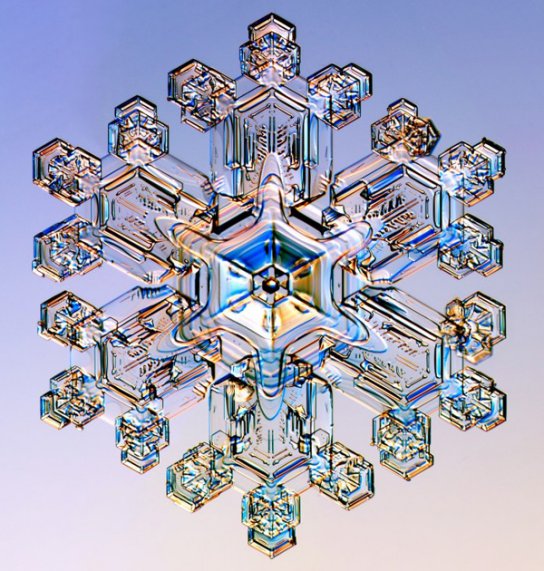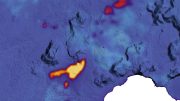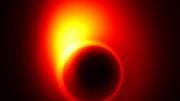
Snowflake Credit: Kenneth Libbrecht
The above photo is one of the many Snowflake photos taken by Kenneth Libbrecht of CalTech with a special snowflake photomicroscope showing snow crystals from around North America. The images are stunning as well as very appropriate for this time of year.
Most snowflakes start out as a simple hexagonal crystal of ice and then branch out, forming the familiar arms with their amazingly intricate patterns. Temperature can also affect the patterns of ice crystal growth. For instance, when they are near -2 °C (28 °F), they grow into tiny, flat discs. At -5 °C (23 °F), they form thin columns and needles. Near -15 °C (5 °F) produces the thinnest, but largest flakes and at temperatures below -30 °C (-22 °F), they go back to columns. Different temperatures give different results. Electric fields can also affect the growth of ice crystals. Electric fields influence the way water molecules diffuse through the air in the vicinity of the ice surface. In fact, they grow snowflakes in the lab all year long, but still have a lot to learn.
They grow so large and flat due to instability in their growth. The instability creates a “sharpening effect.” As the crystal develops at -15 °C, a small ridge builds up at the edge, which spreads out toward the moist air in a sharp blade. Because the corners of the hexagon stick out farther than the center, they collect moisture and grow faster. Click the link above for more great images.









Be the first to comment on "Unlocking the Secrets of Snowflakes’ Shapes"